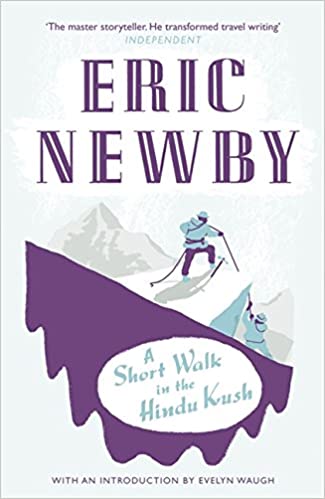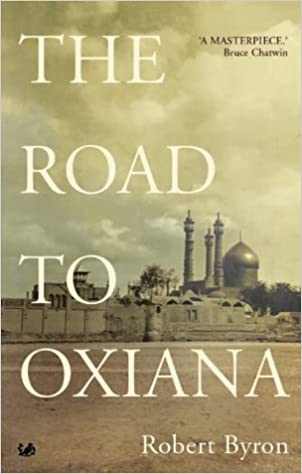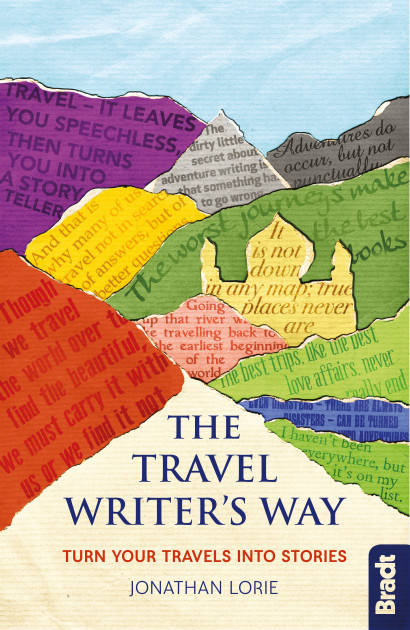In this series, travel-writing trainer Jonathan Lorie introduces the classic travel books on his shelf and explains how these can inspire your own traveller’s tales. The final instalment: books with great plots.
For my recent book The Travel Writer’s Way, I asked the award-winning writer William Dalrymple for his views on the creative challenges for travel writers. He thought for a moment and then suggested, “One of the problems of travel writing is that there are only two or three plots.
Some people say there are only about ten great plots for the novel. If that’s true, then there are only three plots for the travel book: travel from A to B, stay in one place, or dot about.” After a pause he added, “But all of those can be made to work.”
Making them work is what distinguishes a great travel book from a predictable plod along a predetermined route. Below I’ve listed three from my shelf that play with the form of a tale in order to produce a fabulous piece of entertainment.
A Short Walk in the Hindu Kush, by Eric Newby
Classic and hilarious tale of derring-do in which two complete amateurs attempt to climb a mountain in Afghanistan.
The quest for the mountain pushes the action along in standard linear fashion, but it’s book-ended with two stand-alone episodes – one before the trip and one on the way back – that set up and complete the story like a prologue and epilogue.
The latter, when they camp with the explorer Wilfred Thesiger, has acquired a life of its own as one of the most famous episodes in modern travel writing.

The Road to Oxiana, by Robert Byron
Glittering account of a drive across the Middle East in the 1930s, hailed now as a masterpiece of the genre. Fizzing with humour and erudition, it takes the informal format of a diary to dizzying heights, scattering fragments of adventure, politics, art and invective across a diversity of days and trips. Post-modernism before modernism had even ended.

In Patagonia, by Bruce Chatwin
Contender for the greatest travel book ever written, and certainly the most influential, this brief and brilliant tale is built from many layers of stories – of cowboys, dinosaurs, explorers and exiles – interwoven as short, taut chapters in an overarching quest to follow in the footsteps of his uncle Charlie Milward. This book has all the tricks a travel writer needs.

Tips for travel writers
One piece of advice I give to students on my travel writing classes is – before you start writing, start thinking. Think about the theme of your story: yes, it’s about a journey in Peru, but is it also about a quest to discover a lost city? Or to learn to cook like an Italian? Or to pray like a Buddhist monk? And think too about the shape for your story: will it be an A to Z journey through the jungle, or five regions of cooking, or 12 months in a monastery?
Such decisions will guide what you write, and help you to create a satisfying story out of your random travel experience. One of the differences between real life and writing is that the writer makes a pattern out of reality, leaving some things out, amplifying others, perhaps rearranging the sequence of events, even merging characters and episodes to shape a successful tale. These devices are regularly employed by authors and using them will lift your ability to structure your material.
How far you want to go down the road of ‘poetic licence’ is up to you. Chatwin went so far that even he admitted his book was full of lies. But it’s still a damn fine read.
More information
Jonathan Lorie is the author of The Travel Writer’s Way: turn your travels into stories (Bradt, £14.99), the ultimate handbook for aspiring travel writers. He teaches travel writing at www.travellerstales.org.
